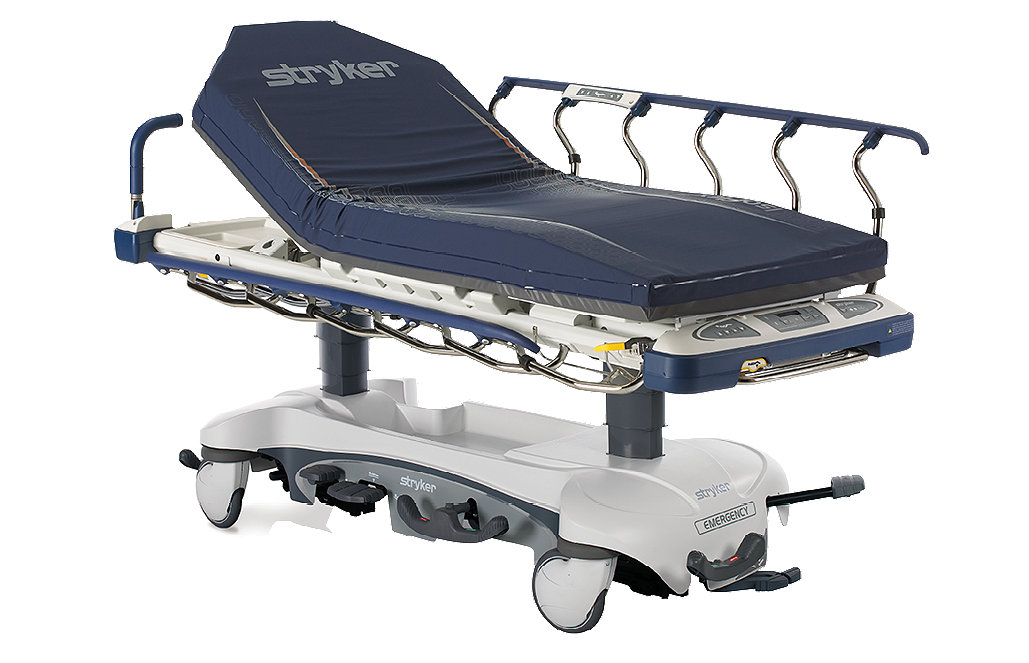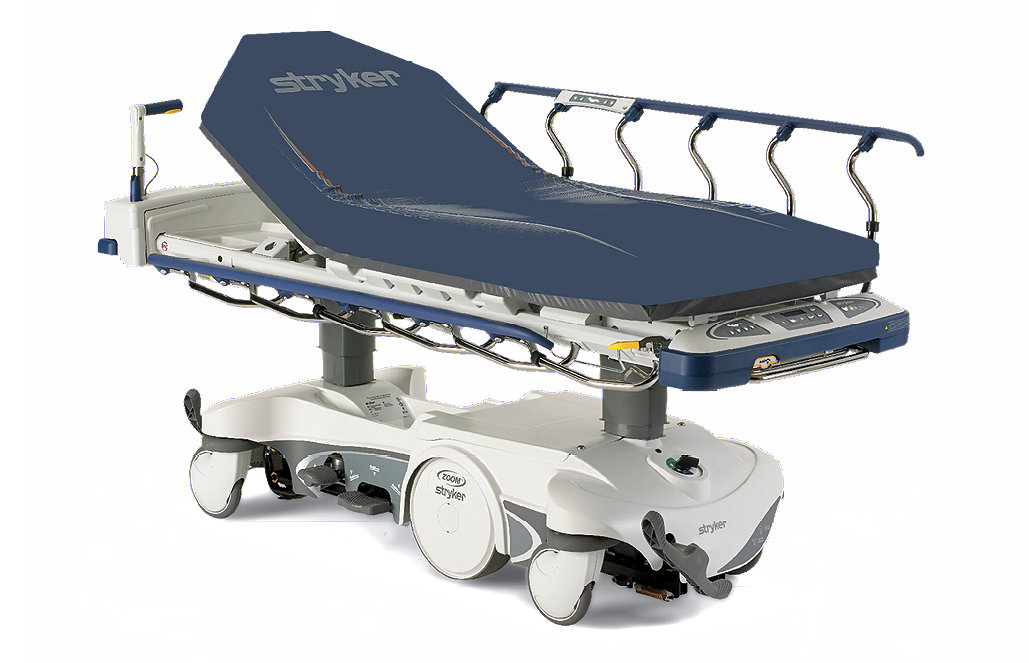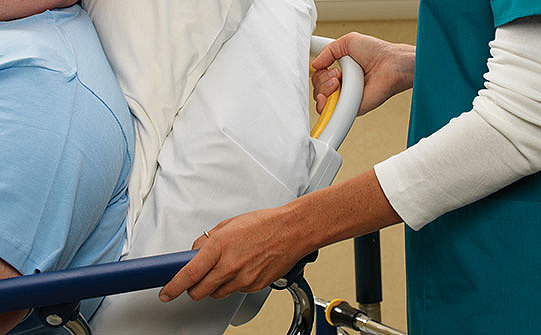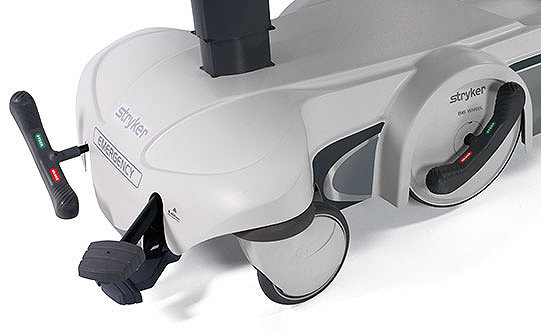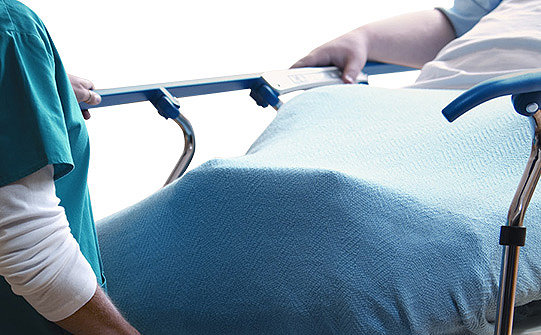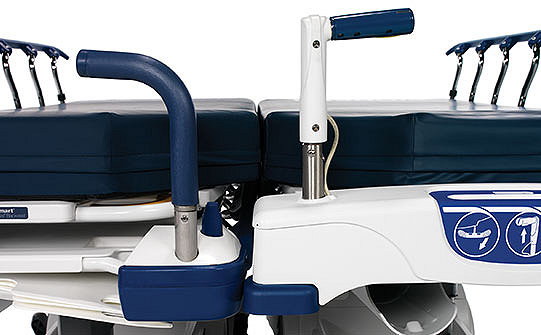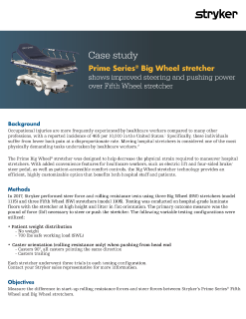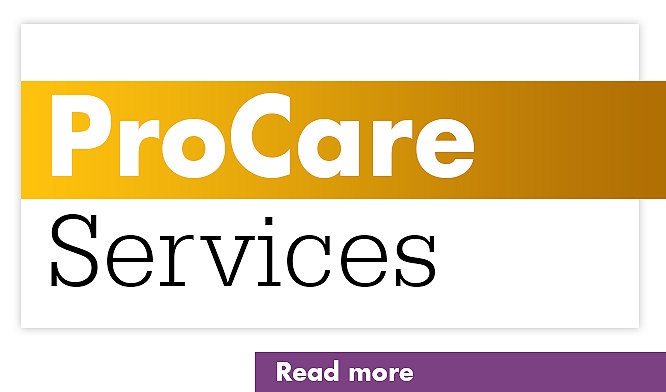The cost of falls
Noisy, chaotic and fast-paced—the emergency department never stops. With more patients and fewer nurses1, it can be challenging to not only set bed exit, but also to locate the right stretcher when an alarm is activated. And those actions have serious consequences.
Every year, nearly 1 million patients in the US experience a fall at the hospital2, with a significant number of these falls likely occurring in the emergency department. In addition to the devastating impact of lives lost, a fall can cost up to $32,2153 per episode of injury and take a serious toll on care team morale.
But falls don’t have to be the norm.
90% of emergency departments4
More than 90% of U.S. EDs report feeling stressed beyond the breaking point, at least some of the time.
1 million patients2
Every year, nearly 1 million patients in the US experience a fall at the hospital.
$32,2153
A fall can cost up to $32,2153 per episode of injury.
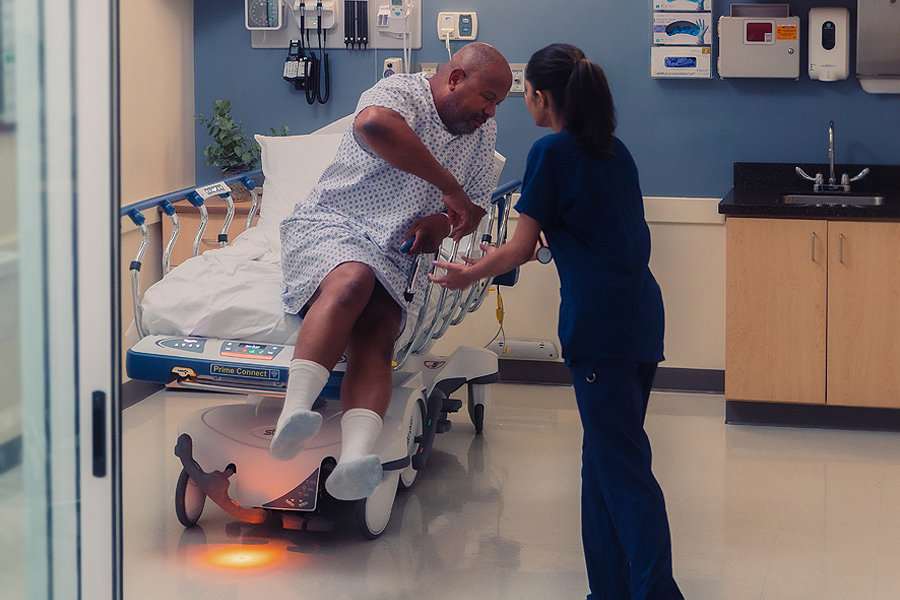
The Prime difference
Transforming patient care with connectivity, advanced mobility and electric functionality
The demands on caregivers have never been greater — heavier patients, longer transports, ever-growing time constraints, patient falls, and an expectation to perform with fewer hands on deck. At Stryker, we are driven to help healthcare professionals achieve their goals by providing the Prime solution to address their needs. Through advanced mobility, electric functionality and pressure redistribution surfaces; Prime Series stretchers are designed to help ensure caregiver safety and efficiency while enhancing the patient experience.
Safety. Support. Features.
Our Prime Connect and Prime Series stretchers are built for safety and support with caregivers and patients in mind.
Experience the smart, connected difference.
Reach out today to learn more about our Prime Series stretchers.
ProCare Services
Our expert medical device technicians help ensure your equipment is ready to perform when you need it. With preventive maintenance plans and tailored service support, we help you maximize the life of your equipment—and your investment.
Improve your ROI with ProCuity
Working across departments as one seamless support system, ProCuity helps make standardization across your hospital easier and can even improve your ROI – helping reduce the added cost for specialty rentals and the need for bed transfers and extra staff.

Power to purchase
Through our Flex Financial business we can help you acquire our full portfolio of products and offer numerous payment structures that can be customized to meet your budgetary needs.
1. Verelst S, Wouters P, Gillet JB, and Van den Berghe G. Emergency department crowding in relation to in-hospital adverse medical events: A large prospective observational cohort study. J Emerg Med 2015;49:949-961 https://www.sciencedirect.com/science/article/pii/S0736467915005235.
2. Health Research & Educational Trust. Preventing patient falls: A systematic approach from the Joint Commission Center for Transforming Healthcare project. 2016 Oct. Retrieved from http://www.hpoe.org/Reports-HPOE/2016/preventing-patient-falls.pdf.
3. Dykes, Patricia C., et al. “Evaluation of a Patient-Centered Fall-Prevention Tool Kit to Reduce Falls and Injuries.” JAMA Network Open, vol. 3, no. 11, 2020, https://doi.org/10.1001/jamanetworkopen.2020.25889.
4. Massachusetts Medical Society. Emergency Department Crowding: The Canary in the Health Care System. Gabor D. Kelen, Richard Wolfe, Gail D’Onofrio, Angela M. Mills, Deborah Diercks, Susan A. Stern, Michael C. Wadman, Peter E. Sokolove. 2021/09/01. doi: 10.1056/CAT.21.0217. 10.1056/CAT.21.0217. Vol. 2, no. 5. https://catalyst.nejm.org/doi/full/10.1056/CAT.21.0217.
AC-GSNPS-SYK-1359020_REV-0_en_us





